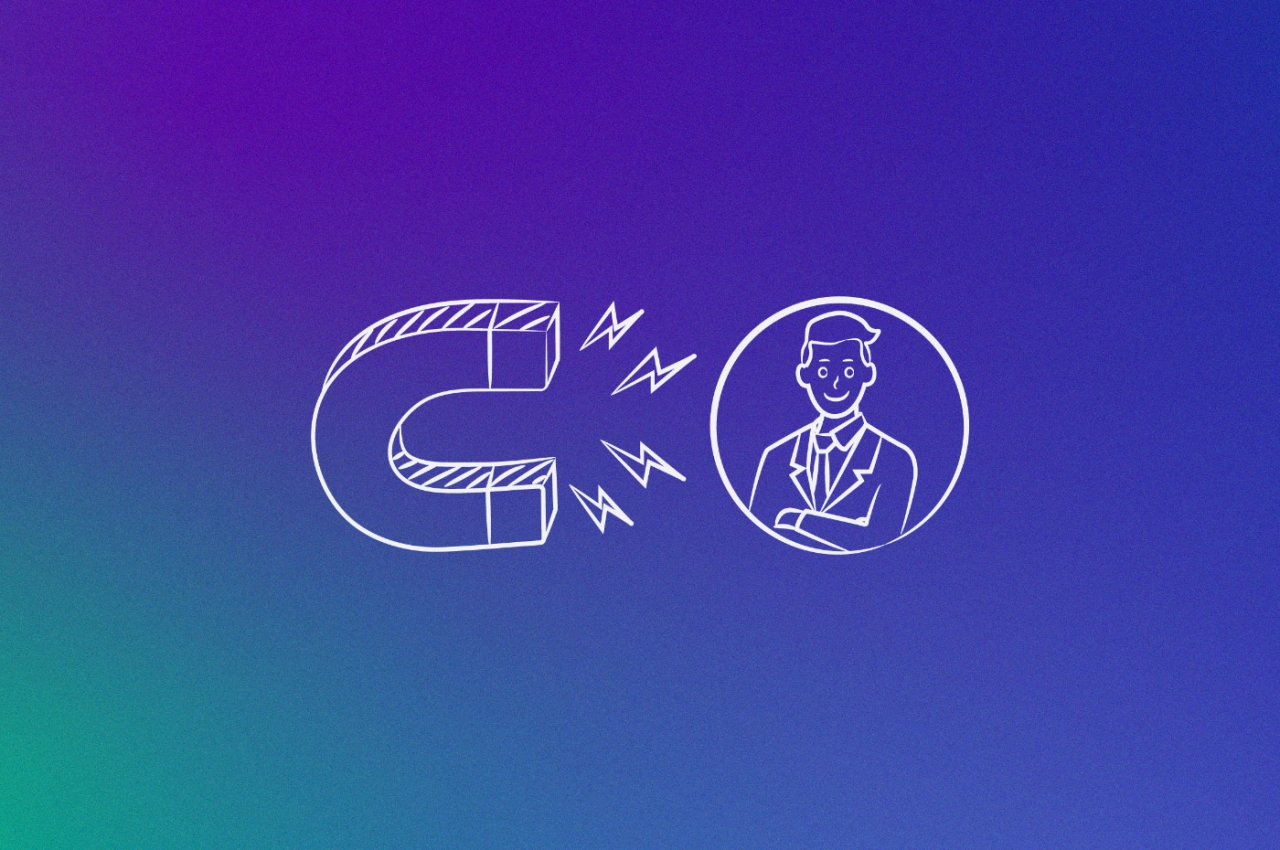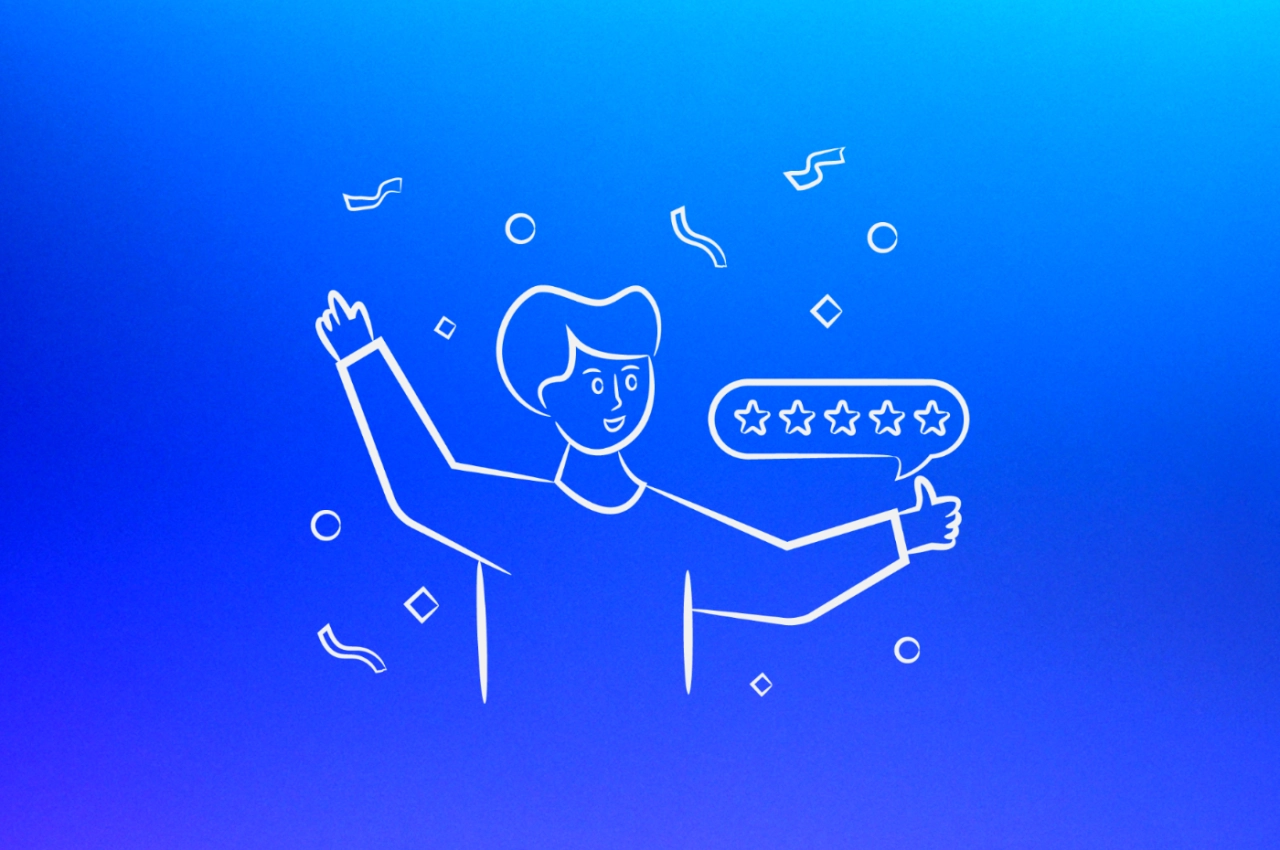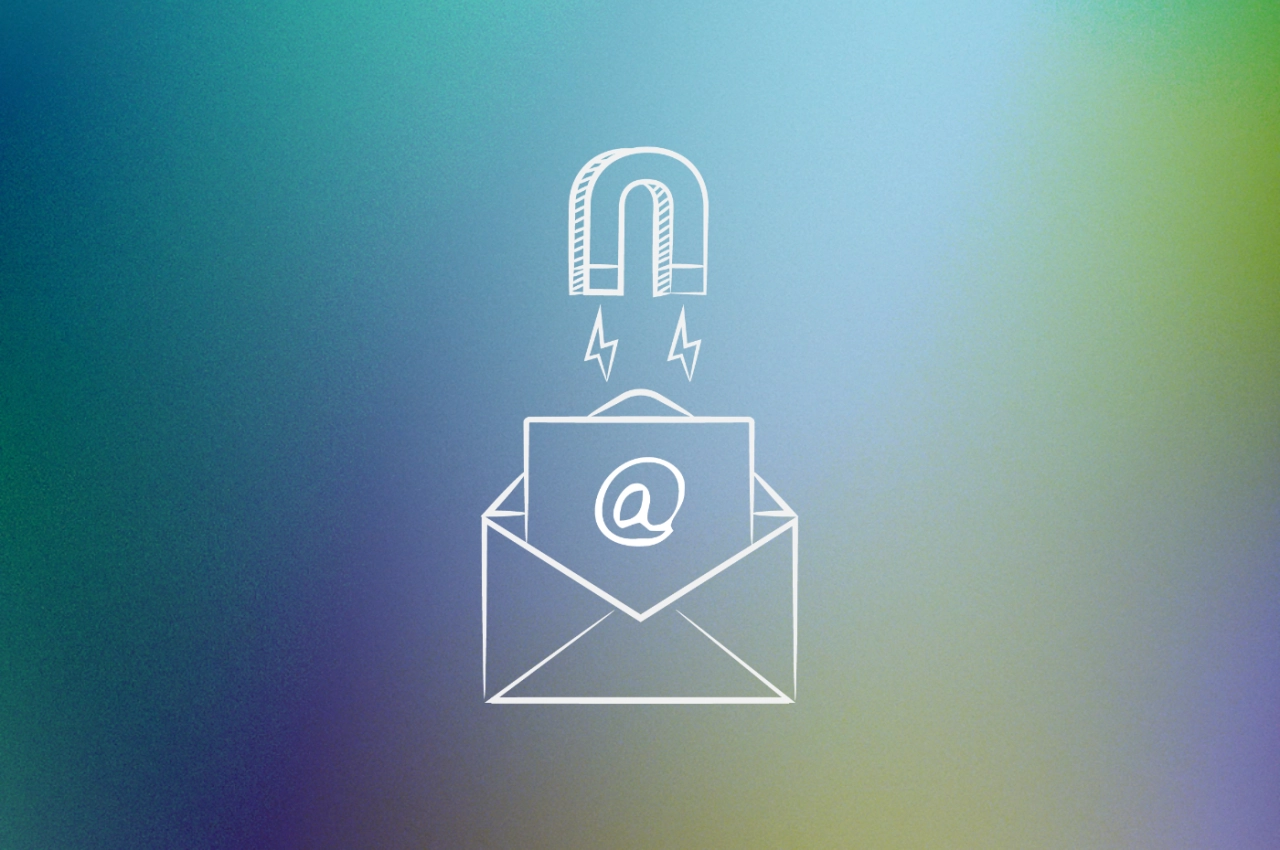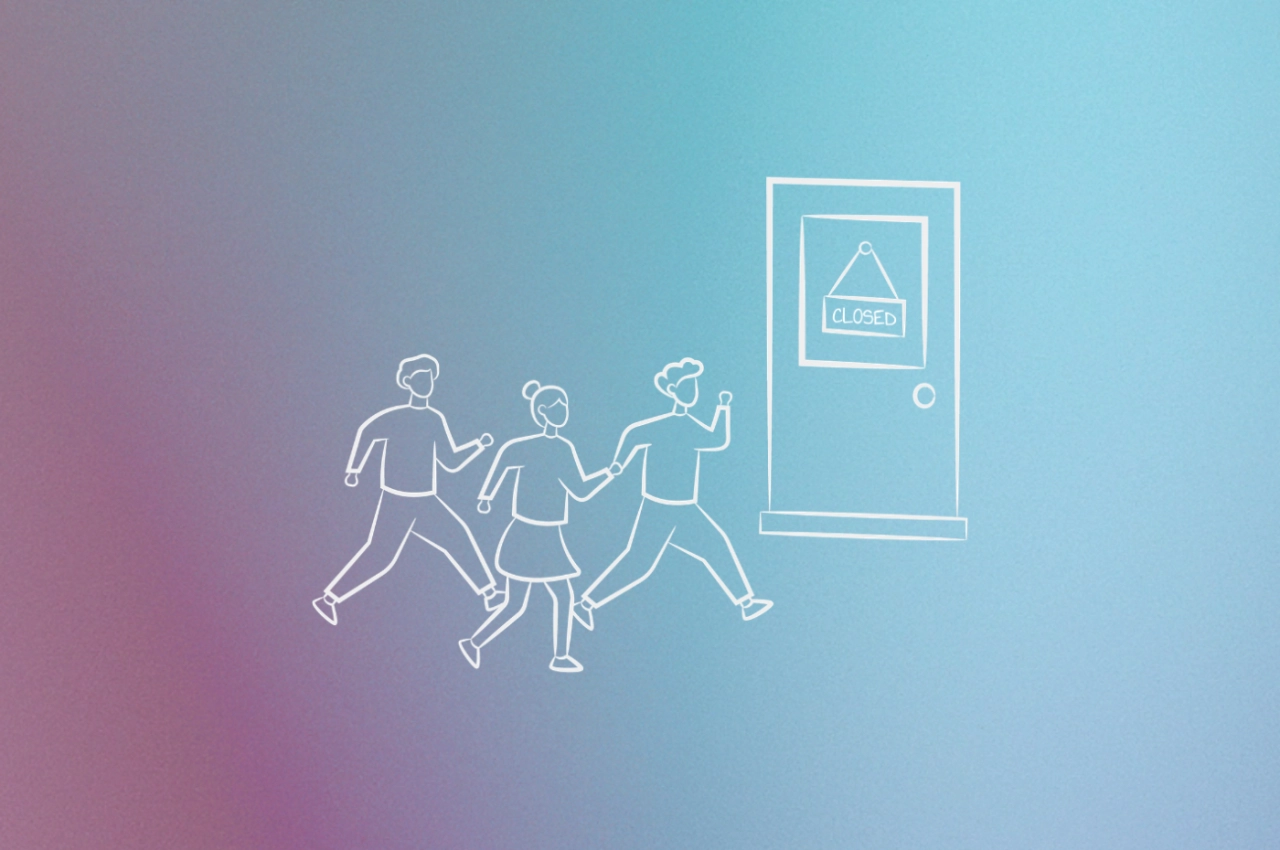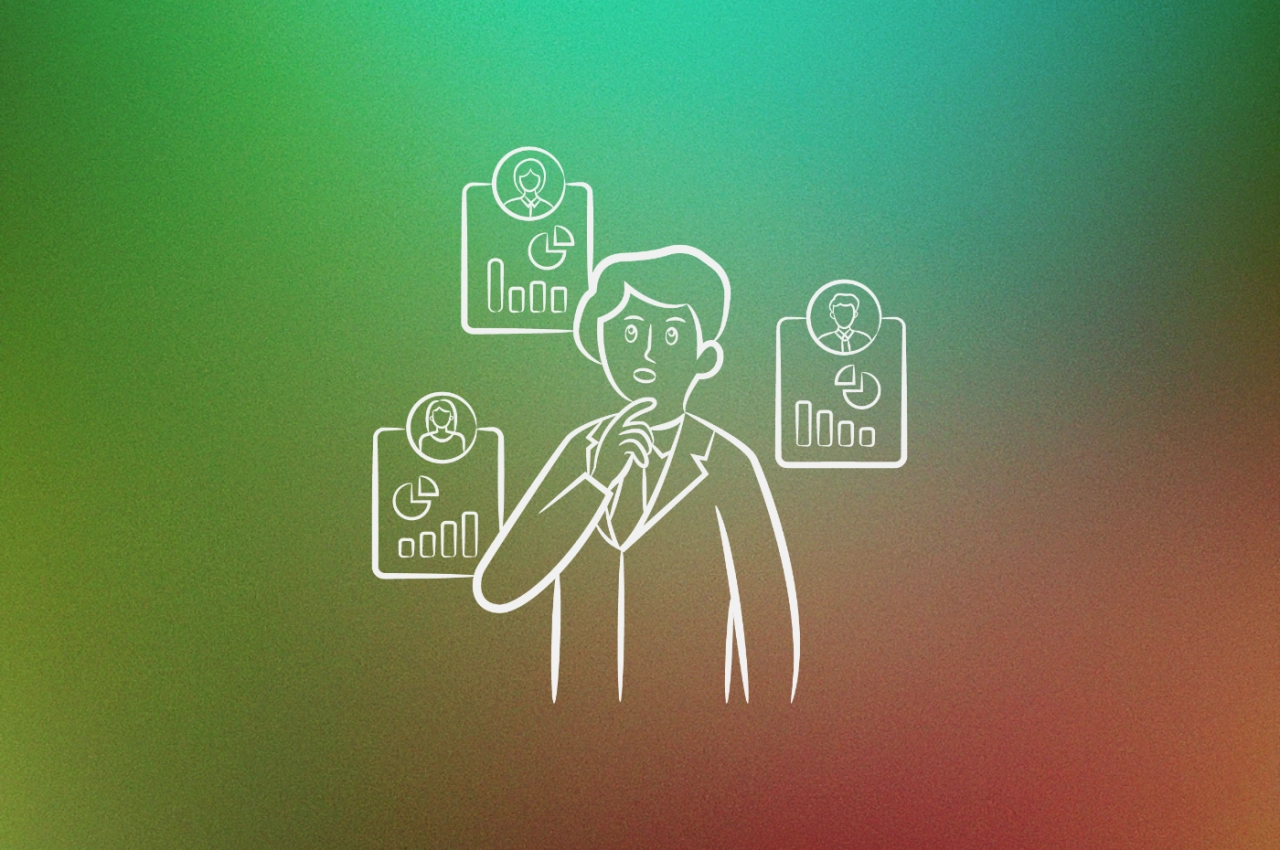It’s not a secret that it’s cheaper to invest in keeping current clients than to chase new ones—something we at SPP.co know all too well. This is especially true for businesses in crowded niches where customer acquisition costs are steadily going up—a tough market to break into if you’re the new kid on the block. Fortunately, customer retention is more affordable as you’ve already converted the lead into a paying client.
With that said, when was the last time you’ve thought about your client retention rate? Do you even know how to calculate it? If not, don’t fret, as it’s one of the many topics I’ll go into detail next.
Understanding this topic involves several interconnected concepts:
- Churn Rate
- Client Lifetime Value (CLV)
- CRM (Customer Relationship Management)
- Client Portal
- Client Onboarding
- White-Label Platform
Each of these concepts plays a crucial role in the overall topic.
What is client retention?
Before we talk about raw data, what exactly is customer retention? To make it simple: think about it as ways of ensuring that your current clients stick around. You’ve already made the effort to convert them; all you have to do now is to keep them happy (and paying).
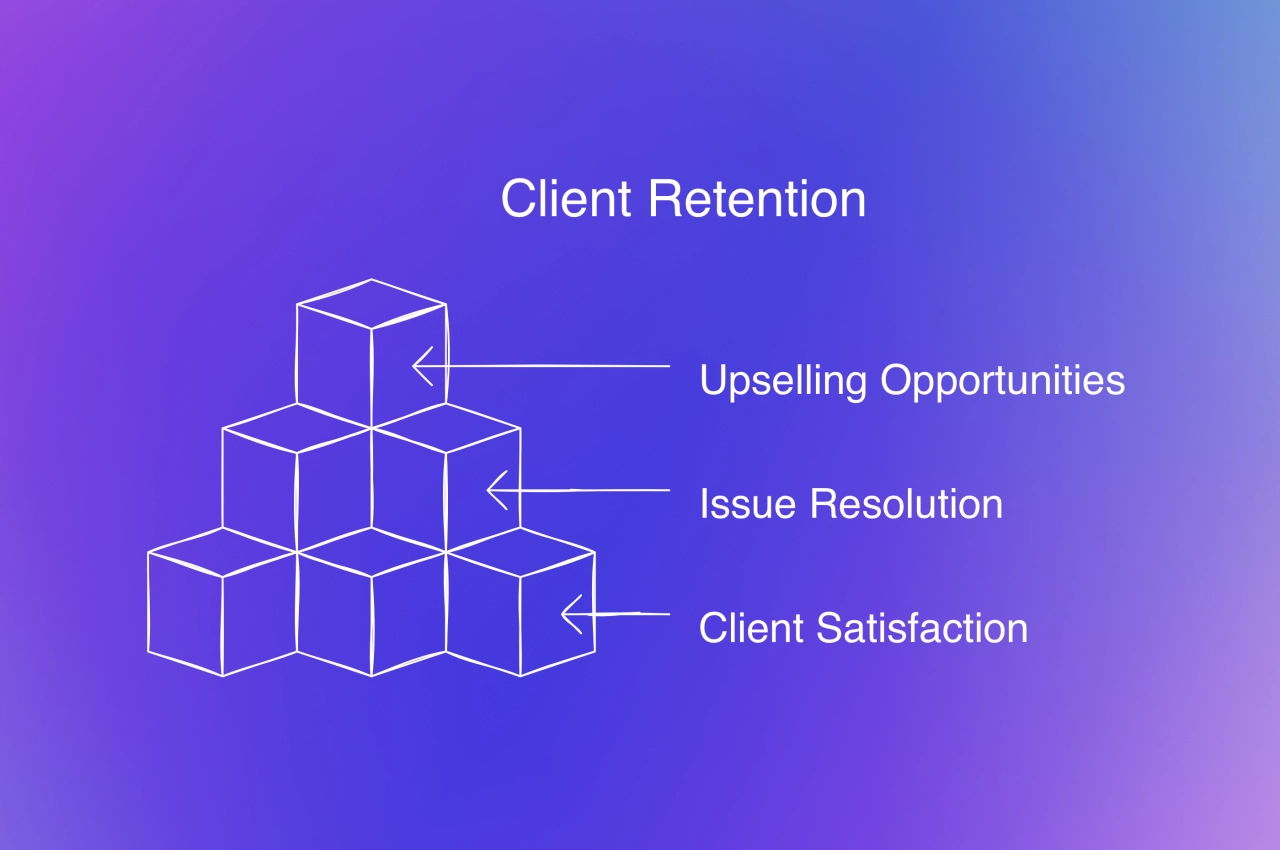
There are many ways to achieve this, but the goal is the same: satisfying a client’s needs, helping them with questions and issues, and ideally, upselling them on related services.
Why customer retention important is
The main purpose of retaining customers is to ensure that your business continues to grow while helping them succeed with their own goals. The latter should be part of you customer success strategy, as those that have a viable business can stick with you for a longer period of time.
Companies that are successful with their customer retention strategies enjoy a few benefits that I’ll list below.
Higher profits
As you develop a healthy customer relationship, it quickly becomes more personal as the time goes on. Your clients might get to know your employees a bit better, trust you more with their own business, and think about ordering more services.
All this leads them to buy more from you every time they visit your website, or open your client portal. This claim can be backed up by The Importance of Customer Retention: An Empirical Study by Toptal, which shows that after a retention period of 18 months, the revenue increases.
Lower churn
The study also shows another benefit of focusing on customer retention, namely reduced churn. However, churn is influenced by the customer’s experience with your overall service offering, support team, and more, too.
Increased spend
Lower churn isn’t the last benefit focusing on customer retention will bring you. According to a study The Value of Online Customer Loyalty And how you can capture it by Bain & Company, repeat purchasers with online retailers spent on average “67% more in months 31–36 of his or her shopping relationship than in months zero to six.” The study also points out that the average order amount is larger than the one of new customers.
Key takeaways
- it brings companies higher profits
- reduces churn if you provide a good customer experience
- loyal customers spend on average more than new clients
How do you measure client retention?
The three benefits mentioned previously all lead to one thing, namely increased customer lifetime value. It measures the amount of money a client spends while they’re loyal to your business. Of course, you want the spend to be as high as possible. If you’re tracking all purchases and sending them to your client CRM, it might be calculating your client retention for you. If not, you’ll have to calculate it yourself.
To calculate the customer retention formula (CRR), we need the time frame you want to study, number of clients at the start of that period (S), at the end (E), and finally the number of clients acquired during the time frame (N).
The formula: CRR = [(E-N)/S] × 100
Let’s say you want to calculate your customer retention of the past year. You’ve had 16 clients up until the beginning of the period, 19 at the end, and 5 acquired clients.
[(21-5)/19] × 100 = 84
The customer retention rate in the above sample calculation is 84%, which would be average for a business within the insurance industry, while a SaaS business averages 35%, according to Mixpanel.
6 Customer retention metrics to watch
If your goal is to increase customer retention, you need to be aware which key metrics influence it, and how to improve them.
Below we’ll look at six different metrics that you can measure and have a great impact on your retention rate.
1) Repeat customers
If an existing customer regularly makes new purchases, you’ve pretty much won the business lottery. Not only does it signal that your service offering is of high quality, everything else falls into place as the client was sure that they want to buy from you, again and again.
To calculate the repeat customer rate, divide the number of customers that have made more than one purchase by the number of your total clients.
2) Average order value
How much is every single purchase worth? This is an important metric to keep an eye on. There’s no average amount that makes sense here for every business as it highly depends what and how you sell services or products.
A content writing agency, for instance, might have large orders because their clients buy a package of words to use for the entire month; an SEO agency could have a lower average order value because their clients purchase link placements one-by-one.
Always keep an eye on this value and compare year-over-year data to stay on top of your account retention. If the order value decreases, try to find out why.
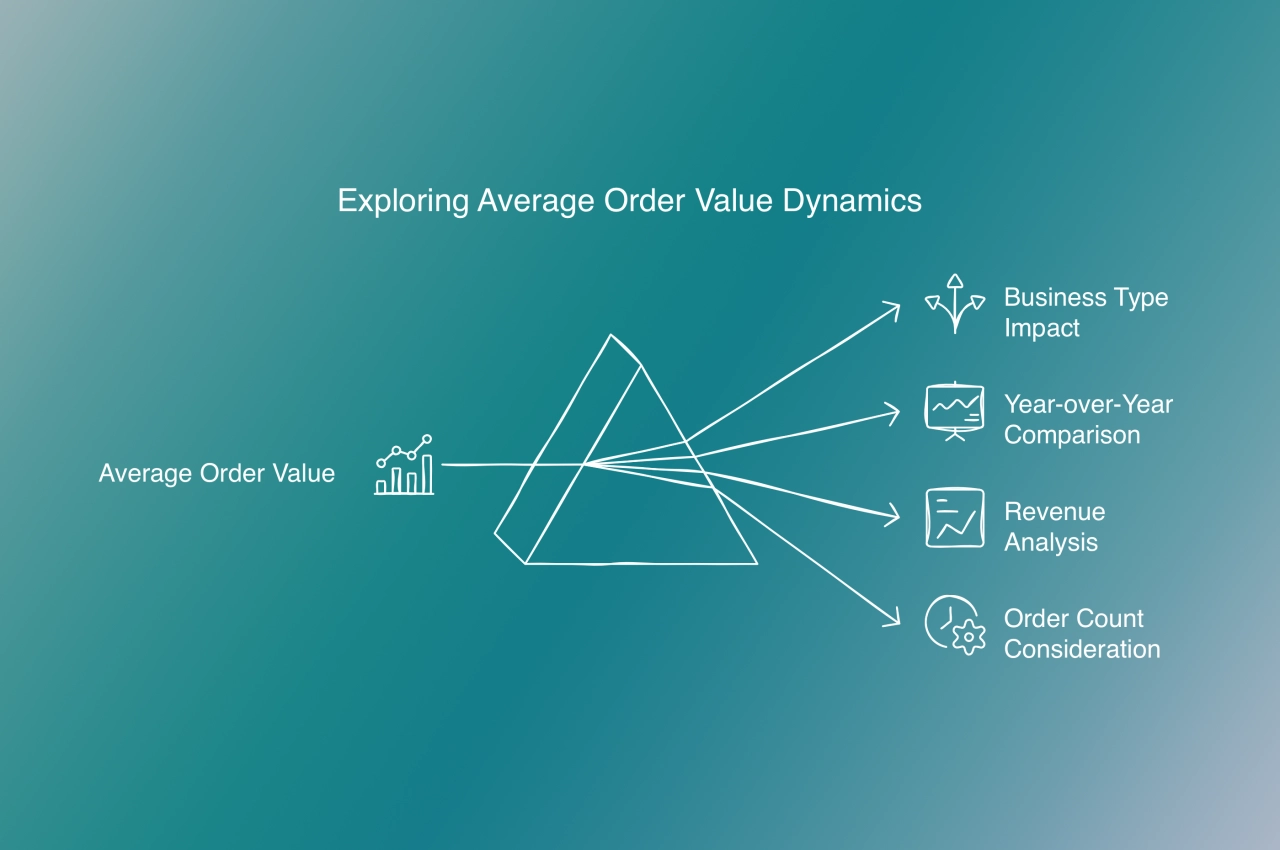
To calculate the average order value, divide your total revenue (per year) by the number of orders placed.
If you’re running on SPP, we make it simple for you. Go to Dashboard → Export → Transactions. You’ll receive a CSV file via email that includes data about each order, and can calculate the average value from it.
3) Purchase frequency
How often do repeat customers purchase from you? As an agency owner, you’d want this to be at least once a month, which is why it’s a good idea to include recurring services in your agency pricing strategy.
Those who have to rely on one-time orders can calculate the purchase frequency by dividing the number of unique customers by the number of orders placed (in a given period).
4) Churn rate
There are two different types of churn rates you can look at to identify issues with your customer retention:
Revenue churn: This applies to agencies who heavily rely on monthly recurring revenue from retainers or services. Look at what each customer is worth based on their spend, and find out why important accounts are canceling subscriptions or downgrading.
Formula:
(revenue lost in 1 month/revenue at beginning of period) × 100
Customer churn: Refers to the amount of clients that don’t become loyal to your company. They either don’t become repeat customers, or cancel retainers/subscriptions.
Formula:
[(number of total customers – number of customers at end of period) / customer at beginning of period] × 100
Keep in mind that revenue churn can be net negative. Let’s say you’ve lost $2,000 over the past month in revenue due to canceled subscriptions. Thanks to upgrades and cross-sells, you were able to generate $2,500 in revenue—you’re left with $500 in expansion revenue.
This is usually achievable with great services, stellar customer support, and a great account managers/customer success people who are skilled at managing client relations.
5) Customer lifetime value
The CLV is a value that shows companies how much profit a client brings to the company during the time they are loyal. If the customer lifetime value is low, you might have to think about ways to increase it, such as introducing referral programs or running promotions with coupons.
While a high CLV is great, it also indicates that you could spend more money on customer lead generation.
There are many formulas to calculate the CLV, one of them is
(repeat purchase rate × average order value) – customer acquisition cost
6) Net promoter score
The net promoter score (NPS) allows you to estimate the likelihood of a client recommending your company, services or products. It measures customer loyalty, but also help spot popular services/products among your portfolio.
While the NPS cannot be calculated with a formula, this score usually ranges from zero to ten. To find out your NPS, you can survey your clients regularly (every few months), or automated after each interaction with your company. Theoretically, you can build an NPS survey with our contact forms, and ask clients to fill it out.
The alternative is to activate order ratings, allowing customers to rate each service delivery with the help of five different emoji. You can export the order ratings and keep an eye of your perceived service quality over time.
Laveraging data-driven retention strategies
Businesses can leverage data-driven insights for customer retention by analyzing various metrics such as the ones previously mentioned. These insights help identify areas of improvement in products or services.
What is important is the use of tools that make it easy to analyze the data. Ideally, use a service such as Baremetrics that taps into your Stripe data, and can give you a better overview of your revenue, churn, and monthly recurring revenue.
Another valuable aspect of data-driven strategies are behavioral intentions. By analyzing intent, businesses can anticipate and address the needs of their clients, but also anticipate if they stay subscribed to your services.
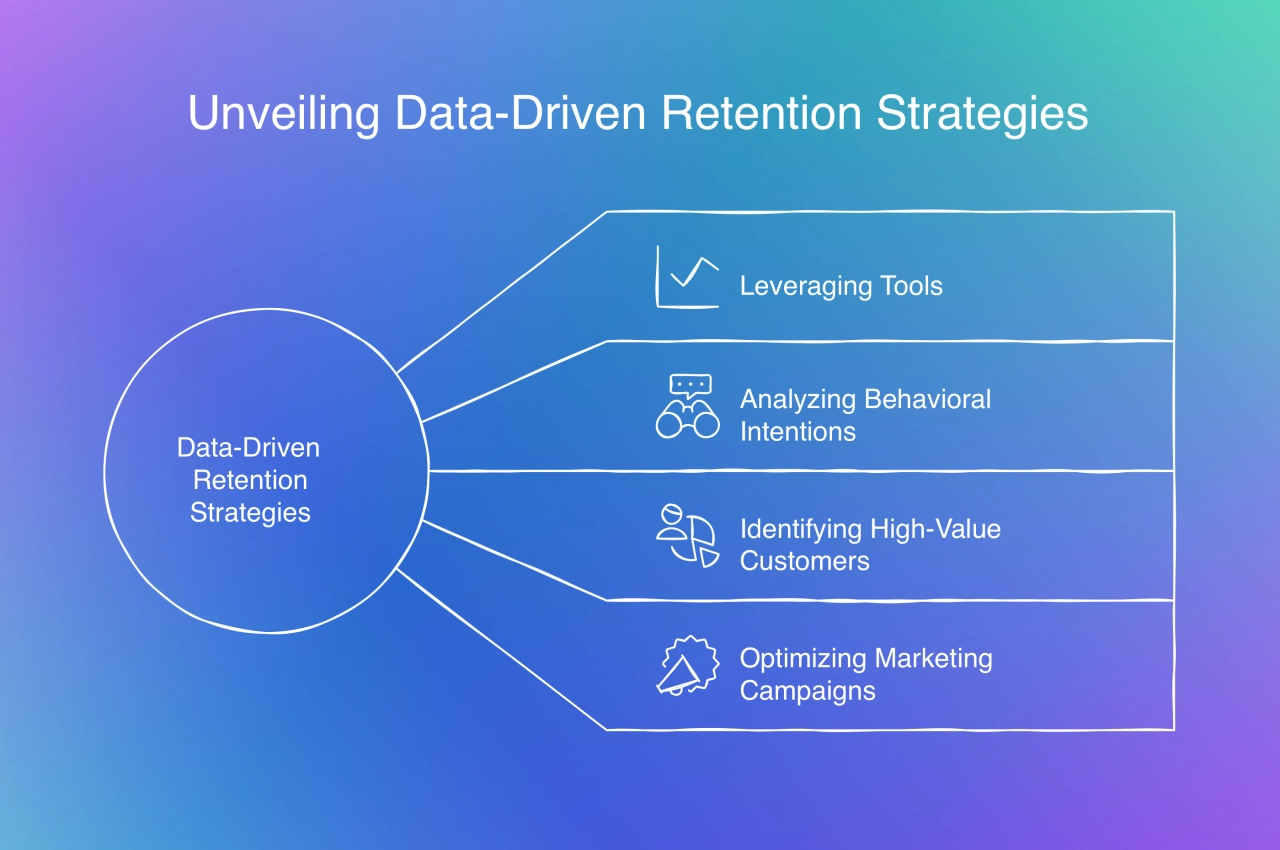
By using behavioral insights for retention strategies, companies can:
Identify high-value customers and
optimize marketing campaigns based on customer segments.
The ultimate goal of any business strategy should be to create long-lasting relationships with their clients through effective implementation of data-driven methods.
Customer retention examples for your inspiration
Effective customer retention is, in almost all cases, the result of months of work, digging deep into your numbers to identify underlying issues. Let’s take a look at the thought process of those who’ve been successful with their activities.
Provide outstanding customer support
How could we write a content piece without mentioning ourselves? We’ve been thinking about customer retention for a long time, and the way we approach it is that we have great customer support that our clients rave about in their reviews. The reason is simple: we go above and beyond helping them and combine it with a bit of success magic to let clients know how to make the best of their SPP workspace.

Keeping customers happy (and with your company) isn’t easy as it requires you to be active on multiple fronts:
listen to customer feedback
offer a free trial and onboard them
make sure current customers have everything they need
develop regularly a new product or service
The list goes on, but setting priorities is of utmost importance. For us, if we can make a small improvement that every client benefits from, it might take us only a few hours.
Automate your client onboarding
In our interview with Rom from Podblade, he’s mentioned that they onboard each partner, but only after offering a free trial. During that trial, potential partners can check out the client portal, and understand how the white labeled solution works.
To make things easier for Podblade, they’ve recorded a video and set up their onboarding page inside their SPP client portal. This eliminates the need for recording a welcome video for each partner individually.
Analyzing the customer journey
Effective onboarding and customer journey management are interconnected. Onboarding is crucial as it lays the foundation for long-term relationships by building trust and setting clear expectations, and automating it is essential for success.
However, understanding and mapping the customer journey is equally important to enhance client retention. This involves identifying key touchpoints throughout the buying process and analyzing customer feedback.
By personalizing onboarding experiences and journeys, businesses can establish lasting connections with their customers.
Upselling clients during calls
Some companies are very sales-heavy. They need to hop on a call to discuss their offering because a simple pricing page might not be effective. That is totally fine, the tricky part is not coming off as too pushy.
In our interview with John from SMG, he shared how he uses SPP for upselling. His workspace is not the main part of his business (project work), instead, it’s an optional asset that he shows clients during calls.

SPP.co has been a lifesaver. It quickly turned my clunky old process of retainer clients into a seamless productized service.Watch the case study →

Some customers are simply not thrilled by the idea of having to log into a portal—at least not right away. However, they quickly see the potential, how easy it is to use, and start purchasing additional services.
Customer retention FAQ
How do you get good client retention?
There a many ways to improve it, and it usually involves different strategies that work for your business. This can be implementing a customer loyalty program, focusing on customer onboarding, or providing exceptional customer service.
How do you improve customer retention?
Increase retention is a byproduct of improving customer satisfaction, collecting customer feedback, and setting up a customer feedback loop, which helps you improve your services or products.
What is one key to customer retention?
Meeting customer expectations is crucial when it comes to retention. If your offering doesn’t align with what they expect, you’ll struggle to meet their demands.
What is a good client retention rate?
Ideally, everyone wants to have a high customer retention rate, namely on close to 100 percent. The truth is that it’s rarely achievable, and a good retention rate depends on the industry. For professional services, the target rate is 84%.
Are you paying attention to customer retention yet?
With this guide, I hope that I’ve kickstarted a thought process to improve customer retention in your business. There are many data points to track, and many tasks to fulfill—all of them are necessary to keep customers coming back for more.
